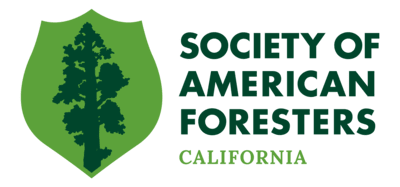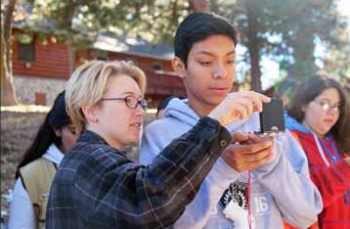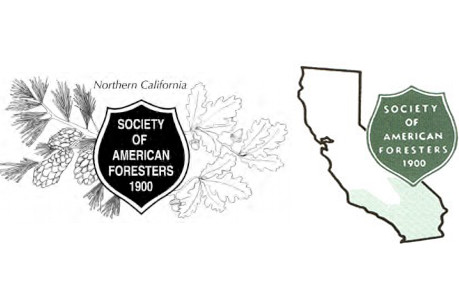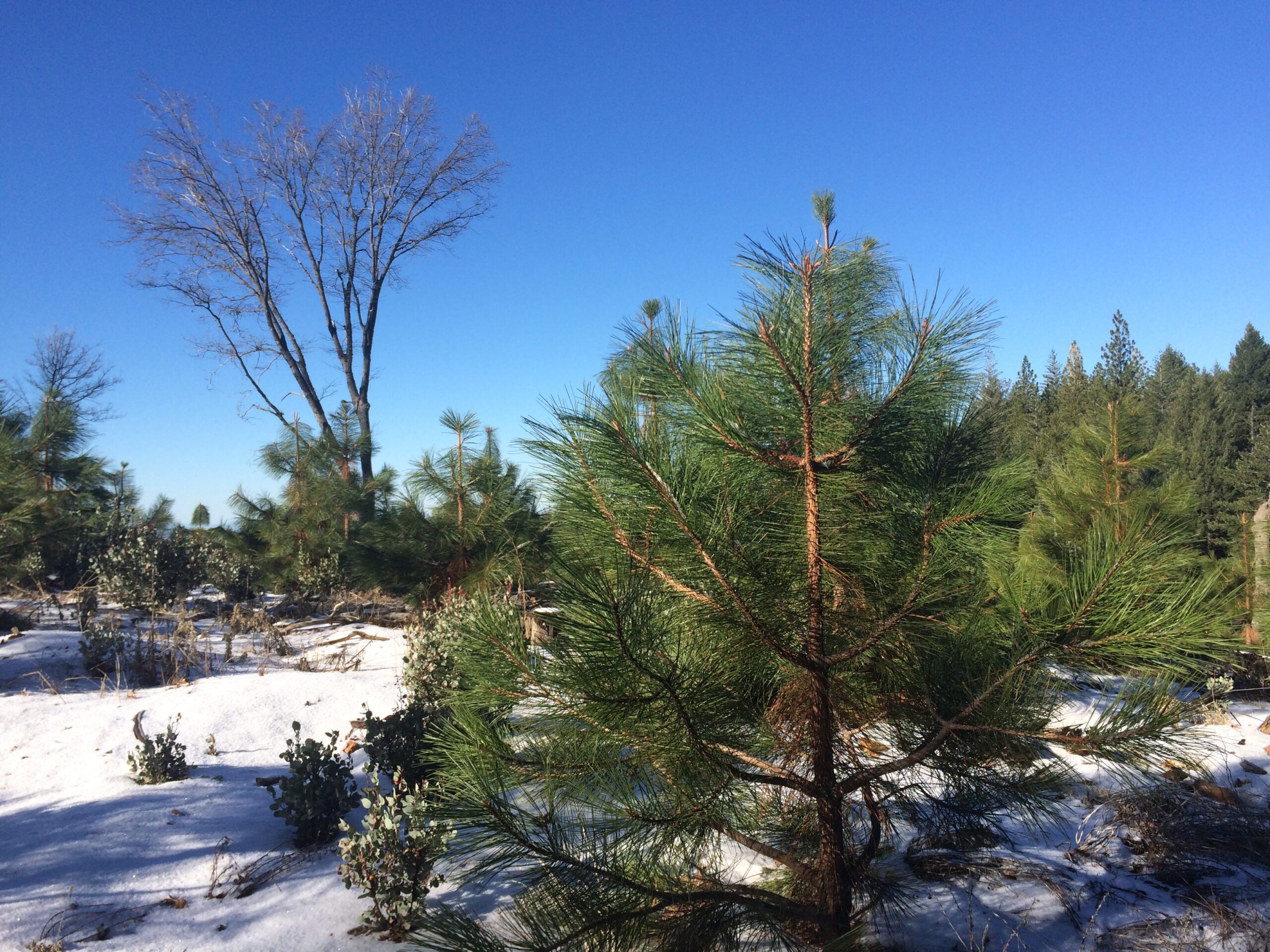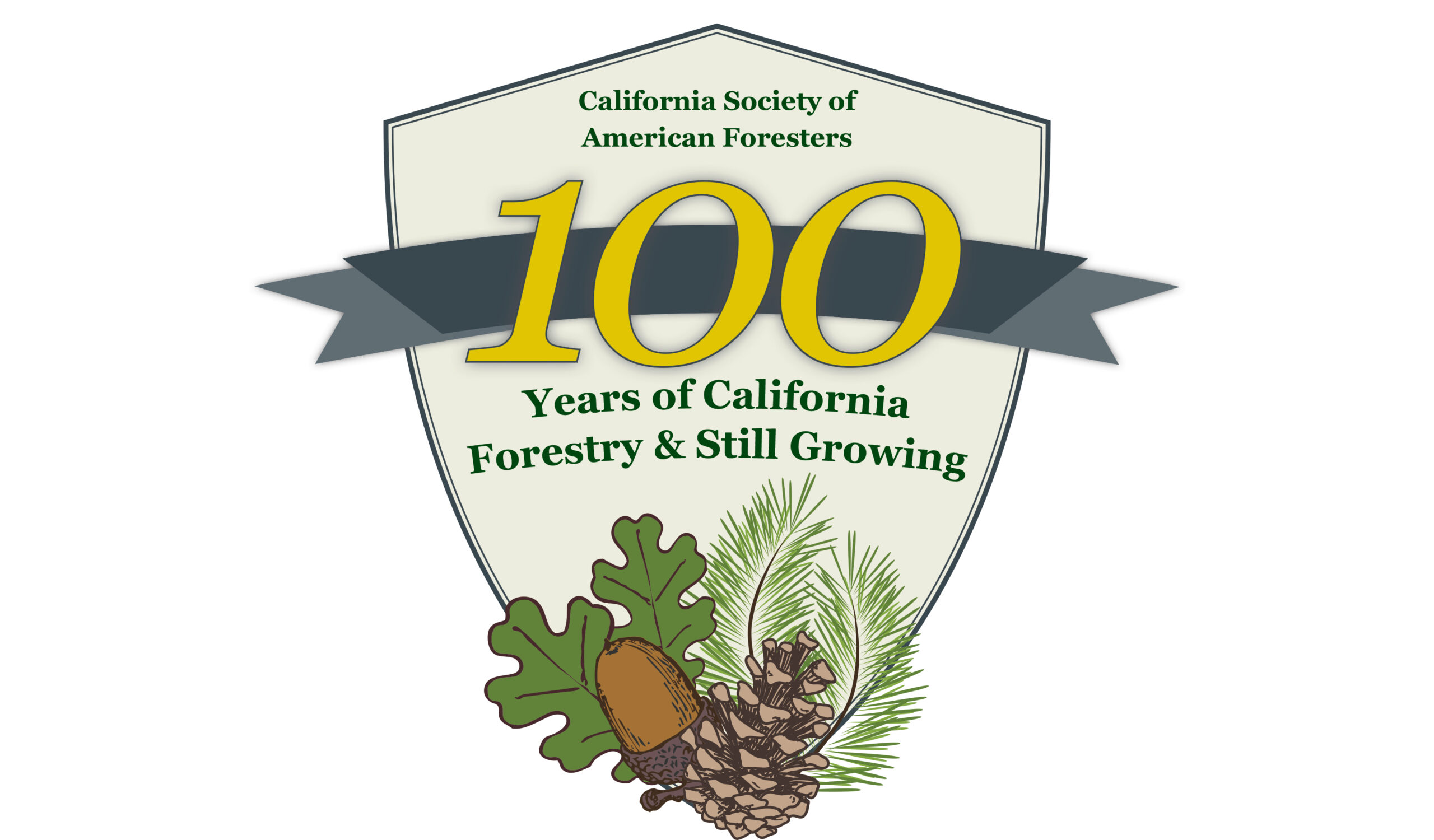
The 2015 California Forestry Challenge (CFC) events are now complete. Several SAF members and many in the forestry community volunteered. A total of 390 students and 75 teachers from 45 schools participated, a 30% increase from 2014. The student participants were 58% female, an all-time high.
The California Forestry Challenge is a competitive event for high school students in technical forestry and forestry issues. At each event, students spent four days in the forest interacting with natural resource professionals.
Participants learn about the ecology and management of the forested landscapes that provide their communities with water, recreational opportunities, wood products and wildlife habitat. Youth benefit by better understanding the relationship of the forested environment to their communities, by exposure to natural resource management as a potential career option, and by conducting a rigorous analysis of a current forestry topic.

Focus topics were varied this year, ranging from fuelbreak effectiveness to fire behavior modeling to forest inventory. At the Santa Cruz event, students helped staff at Soquel Demonstration State Forest create content for a new app that will be available on smart phones to forest visitors.
Many top teams have made or will be making presentations to various groups, including the California Licensed Foresters Association, El Dorado County Board of Supervisors and the California Board of Forestry.
If you would like to invite a team from your area to an SAF chapter meeting, contact CFC Coordinator Diane Dealey Neill at dianedealeyneill@gmail.com.
Students summed up the experience: “CFC is an incredible experience that has opened so many doors. Coming here and discovering Forestry has lead me to set a goal of becoming a forester one day. It was an absolutely amazing experience!”
“The CFC was beyond my expectations and it was such a great time and experience. Without all the foresters and people who made this possible, we wouldn’t have been able to learn or experience the things we did.”
Read more about the California Forestry Challenge—and find out how to volunteer for the 2016 events—online at www.forestrychallenge.org.
